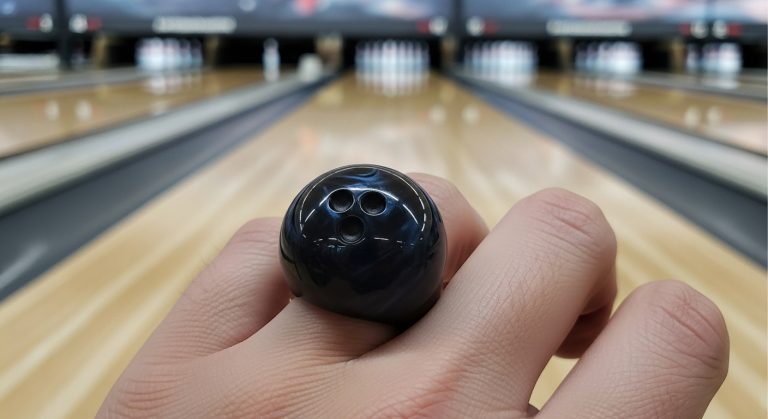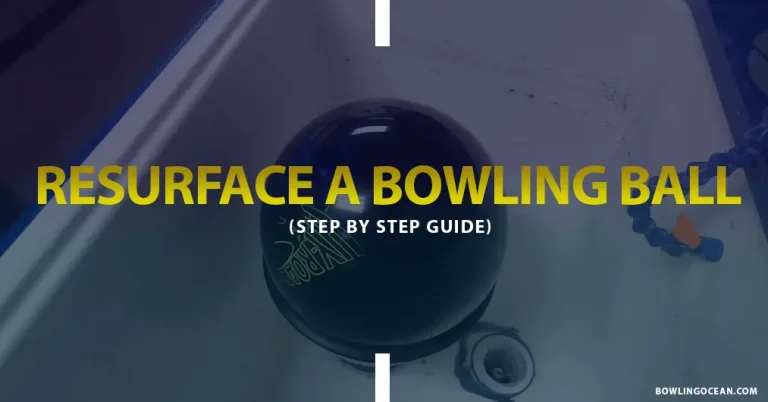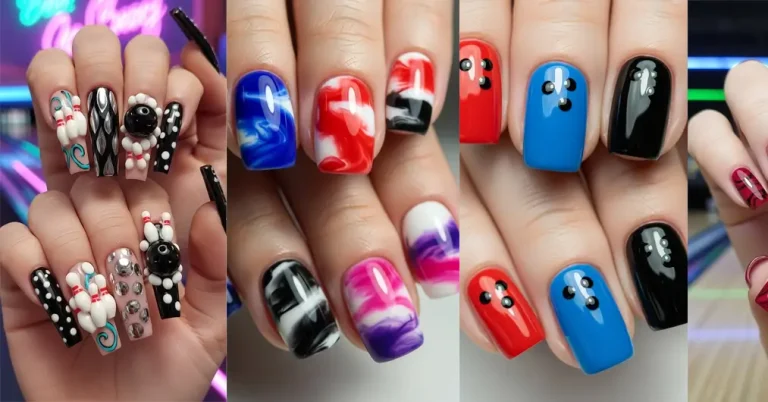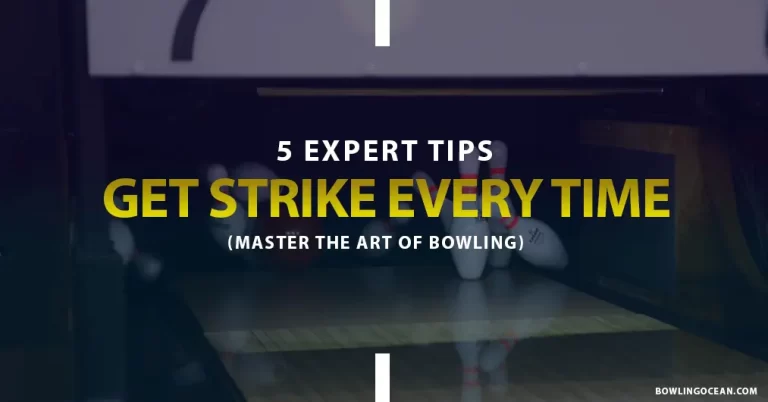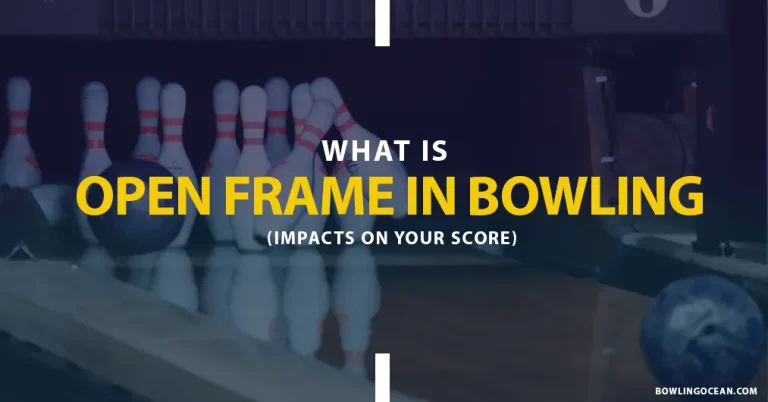Bowling Ball Drilling Layouts Explained: Score More Strikes
Drilling holes in the bowling balls is not only some holes; a whole physics is working behind it. The holes’ pattern and angle determine the momentum, ball speed, and rev rate when rolled down the alley. Why does a bowler need to learn about drilling layouts?
As a bowler, detailed bowling ball drilling layouts will help you see which pattern aligns more with your strategy. The bowling ball drilling layout is usually accustomed to the needs and skills of the bowler. The most widely used layout is the dual angel layout for drilling, but it might only be ideal for some players.
Go through different bowling ball drilling layouts with their pros and cons explained. Choose the layout pattern that sounds suitable to you.
Understanding Bowling Ball Drilling Layouts
A bowling ball layout is used for specific arrangement and placement of the finger and thumb holes while drilling. The layout pattern is important because the orientation, motion, reaction on the lane and weight core of the ball depends on it.
A bowling layout that is carefully designed and drilled according to your skill requirement will help you to score more on the lane. Also, it will put less strain on your shoulder movement and wrist rotation.
Read Also: Cost To Drill A Bowling Ball – 3 Tips To Save Your Money
Bowling Ball Layouts Explained
There are different types of layouts used by professional bowling drillers to cater to the needs of players. When you go to a store to drill your ball, the staff will ask about your preference and playing strategy.
So, knowing the basics of drilling layouts and how long it takes to drill a bowling ball is important for you as a player.
1. Pin Placement Layouts
Pin placement is important in determining the ball’s overall performance on the lane. It is the distance and the direction of the top or “positive” axis point (PAP) concerning the ball’s pin. In short, the PAP is the point around which the ball rotates its whole weight.
- Strong: In the strong version, the pinpoint is placed on the top of the ring finger; this layout is for more aggressive hook potential. This hook potential allows the ball to work on heavy oil pattern lane conditions. There are specific best bowling balls for hook available made from urethane or reactive resin that are capable to generate decent hook on the lane.
- Medium: The pin is placed between the middle finger and the ring finger, and the player gets a balance between control and hook potential, making the ball versatile for various lane conditions.
- Mild: In this adaptation, the pin is placed closer to or below the middle finger. This layout is ideal for the player looking for an early roll-off. It works perfectly with dry bowling lanes and players with lower bowling speeds.
| Drilling Layout | Pros | Cons |
| Strong Pin Placement | – Aggressive hook potential | – Less controllable on dry lanes |
| – Strong backend reaction | – Might overreact on medium to light oil conditions | |
| – Ideal for heavy oil patterns | ||
| Medium Pin Placement | – Balanced control and hook potential | – Less hook than strong pin placement |
| – Versatile for various lane conditions | – Might lack the extreme backend reaction | |
| – Suitable for many bowlers and styles | ||
| Mild Pin Placement | – Early rolling motion with controlled hook | – Less overall hook potential |
| – Effective on dry lanes and slower ball speeds | – Limited backend reaction | |
| – Smoother and more controlled motion |
2. Mass Bias Layout
While talking about bowling ball layouts and reactions, mass bias is the next. The mass bias is referred to as positioning the mass preference of the ball; it is the area of the ball that determines the weight positioning. The core area influences ball motion by transitioning from skid to hook to roll.
- Strong: In this version, mass bias is closer to the thumb hole. The layout is known for promoting more aggressive change in the direction and increase in the hook potential. Also, it is an idea for heavy oil pattern lanes and players who use more force.
- Medium: In this mass, bias is placed between the middle of the thumb hole and the finger holes. This layout is best for players that need a balanced grip to gain control and versatility on various lanes.
- Mild: The mass bias is closer to the finger holes in this layout. It is used by players needing smoother and more controlled motion, playing on dry lanes or when a more controlled hook is required.
| Mass Bias Layout | Pros | Cons |
| Strong Mass Bias | – Increased backend reaction | – May be too aggressive on dry lanes |
| – Enhanced hook potential | – It can be not easy to control heavy oil patterns | |
| – Ideal for bowlers seeking a strong ball motion | ||
| Medium Mass Bias | – Balanced motion with a smooth transition | – Less hook potential compared to strong mass bias |
| – Versatile for various lane conditions | – May lack the extreme angularity at the backend | |
| – Suitable for a wide range of bowlers | ||
| Mild Mass Bias | – Controlled and smoother ball motion | – Limited hook potential |
| – Effective on dry lanes and for slower ball speeds | – Might not be as angular at the backend | |
| – Predictable and controllable reaction |
3. Dual Angle Layout
This pattern combines pin placement and mas bias positioning to fine-tune the ball’s reaction. Usually, players can adjust the angle between both factors to achieve an ideal grip for their strategy and play easily on any lane. It also depends on whether you know how to aim in bowling with any layout properly.
4. Asymmetrical Layouts
These layouts are used for balls with asymmetrical cores. When the cores have different shapes in variable directions, allowing for versatile ball motion. An asymmetrical core is great for players who play with varying strategies; it helps them gain control of the ball in whatever activity they choose.
Wrap Up
You know basic information on different formats after going through bowling ball drilling layouts. Pin placement layouts have three variations same as the mass bias placement. Depending on your ball-throwing strategies and lane conditions, you can choose between strong, medium, and mild. Dual angle strikes a balance between pin placement and mass bias to provide you with more control.
Share your opinion on which layout you think best suits your bowling strategies.
FAQs

Ashley Ellison is a skilled writer and avid bowler. Her passion for storytelling and dedication to the sport have led her to participate in various national bowling leagues. With a unique combination of talents, Ashley approaches every challenge with creativity and a relentless drive to succeed.

